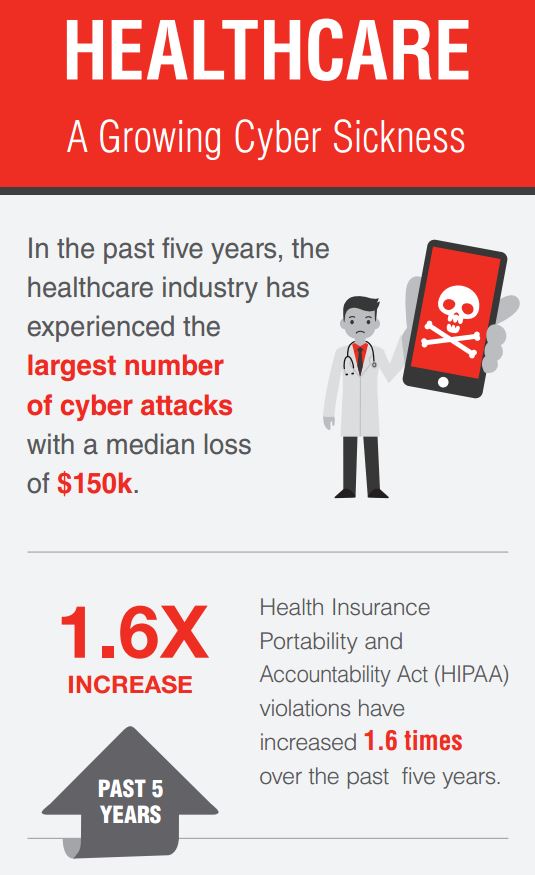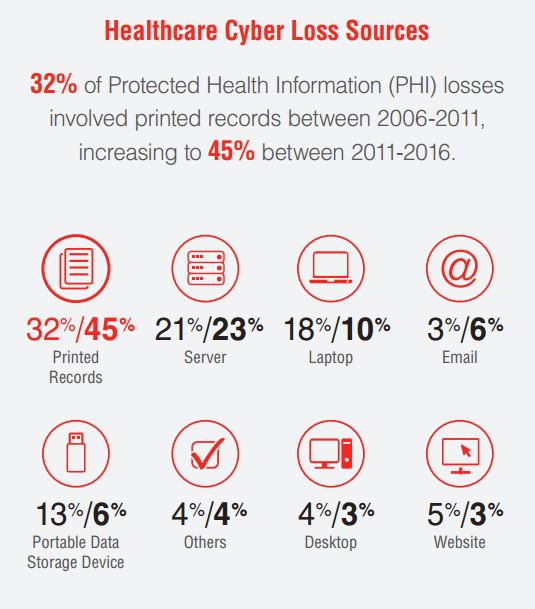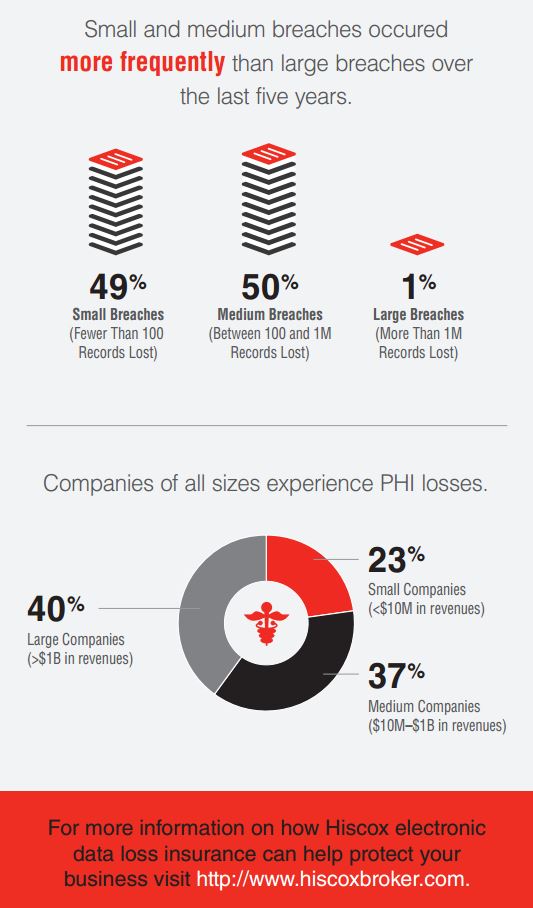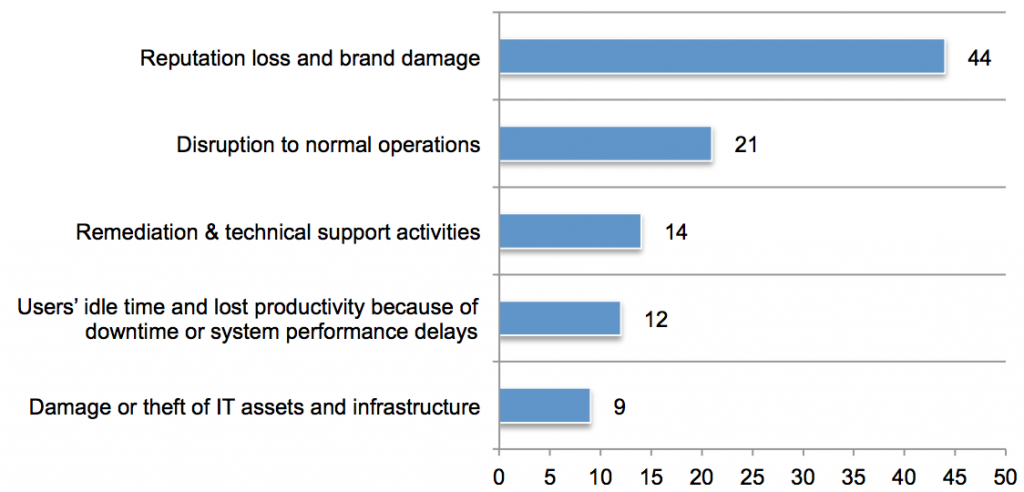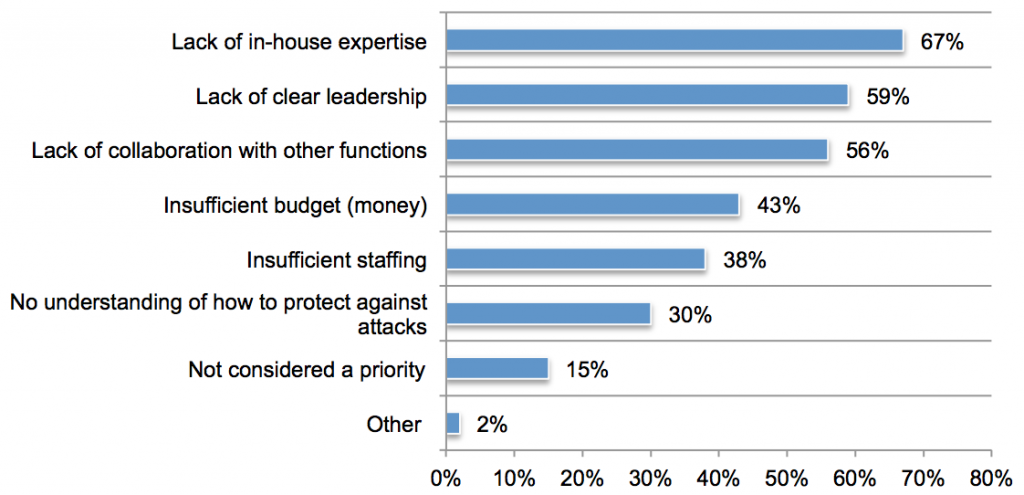Microsoft recently announced a major vulnerability to Windows XP, Windows 7 and several older Windows server versions. According to Simon Pope, the company’s director of incident response, “[A]ny future malware that exploits this vulnerability could propagate from vulnerable computer to vulnerable computer in a similar way as the WannaCry malware spread across the globe in 2017.” This announcement reinforces the importance of companies patching security vulnerabilities to mitigate the risk, especially on older machines that still serve essential functions.
This news follows a TechCrunch article reporting that at least a million computers worldwide, mostly in the United States, remain vulnerable to the WannaCry and NotPetya malware because users have not installed the necessary patches. Cybercriminals continue to use this malware, based on hacking tools originally developed by the NSA, to deliver all sorts of malicious software to unsuspecting victims online.
WannaCry is ransomware—malicious software that hijacks a computer and demands payment to regain control—that quickly spreads and has affected businesses, government and individuals in over 150 countries since 2017. Around the same time, a malicious software disguised as ransomware called NotPetya spread worldwide, affecting global business operations, and effectively paralyzing multiple companies in what has been called “the most devastating cyberattack in history.” Both caused massive financial damage worldwide, with WannaCry estimated at $8 billion in damages and NotPetya estimated at $3 billion.
Windows has released patches to protect systems from the newly announced vulnerability, even for Windows XP and Windows Server 2003, despite the company not usually offering support for those older systems.
However, XP users will have to manually download the patches from Microsoft’s update website. According to a 2017 Spiceworks study, businesses worldwide were still running Windows XP on 11% of their laptops and desktops. While that has likely decreased in the past two years, it would still leave a significant number of machines running exposed systems that require manual updates to patch.
Not patching vulnerabilities has led to serious incidents, like the Equifax breach in 2017, which led to the theft of 143 million Americans’ personal information.
In that case, the US Department of Homeland Security had issued a warning about the vulnerability, a patch for a web application vulnerability had reportedly been available for 2 months before the breach, and Equifax failed to implement the fix. A US House Oversight Committee report blamed the company entirely, saying that Equifax “failed to implement an adequate security program to protect this sensitive data,” and that “such a breach was entirely preventable.”
Companies use numerous different types of software in their daily operations, and software providers issue many patches for their products, which leaves companies overwhelmed. According to an April 2018 Ponemon Institute study, 68% of companies “find it difficult to prioritize what needs to be patched first.” IT staffing limitations and competing priorities within organizations can hinder these efforts, since patching requires heavy time investment and sometimes taking important aspects of the business offline to implement fixes. Companies with third-party partners and supply chains face even more complex risks, since their systems are often integrated or dependent, and companies likely do not have direct control over partners’ systems to ensure patching. Mitigating outside risk by including in contracts stipulations that third-party partners meet certain security requirements can also help.

